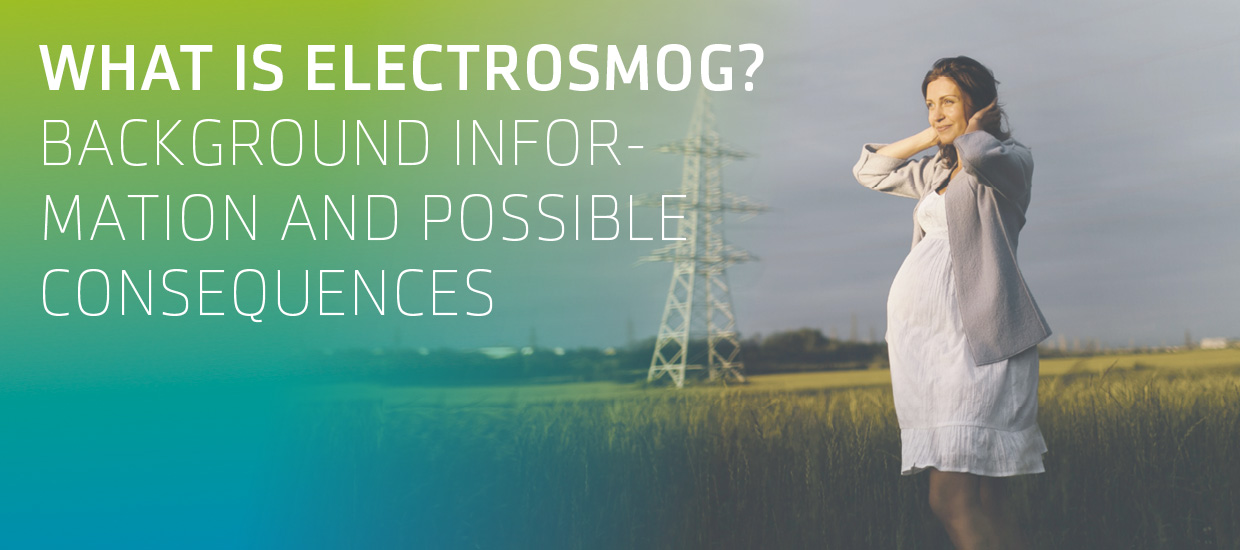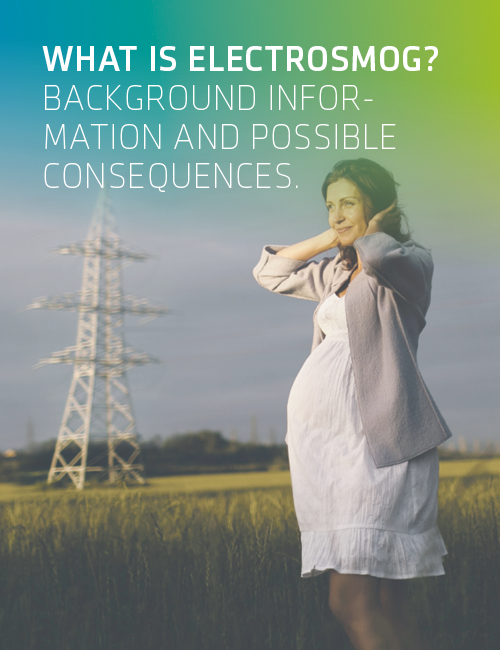Due to the rapidly advancing digitalization and expansion of electricity networks, exposure to electromagnetic smog is continually increasing in private households, schools, at work and on the road. In particular, the artificially generated low-frequency and high-frequency fields are increasing due to the development of new technologies and their distribution. Cordless DECT phones and smartphones have long become part of everyday life. Many children and teenagers use smartphones, tablets and laptops all day, and the latest devices are at the top of their wish lists. In order to ensure seamless accessibility, more and more mobile phone masts are being built. According to statista.de, more than 7.3 billion cellphones and smartphones are currently in use worldwide. And the numbers are still rising.
In addition, there are WiFi, Bluetooth and ultrawideband (UWB). These are applications with high-frequency electromagnetic radiation, with the help of which various (mobile) devices for telecommunication and data processing can be interconnected wirelessly.
SMART home solutions for private households and businesses also contribute to an increase in electromagnetic smog. Networked and remotely controllable devices and installations are designed to provide more security and efficient energy use and consequently improve the quality of homes and life in general. However, this convenience leads to further exposure to electromagnetic radiation. The trend of increased exposure to electromagnetic smog is even rising in cars as well. In addition to radiation from Bluetooth, GPS, seat heating and the mobile data of smartphones, the future use of electric cars will further increase passenger exposure because of the electric engine and its battery.
Possible consequences are, among other things, extensively described by the ’Competence Initiative for the Protection of Man, Environment and Democracy’ (Kompetenzinitiative zum Schutz von Mensch, Umwelt und Demokratie e.V.). This non-profit association of scientists and physicians deals with the effects of mobile and wireless communication. A small excerpt from the international doctors’ appeal 2012: ’Our body consists largely of water and is controlled by bioelectrical impulses. Electromagnetic radiation can interfere with these natural processes. These rays penetrate into the body and prevent optimal cell supply. If we are exposed to artificial electromagnetic fields (called electromagnetic smog or electrosmog), these can have a fundamental impact on biological processes in our body with the following effects:
Lack of concentration and sleep problems
Disturbance in the balance of our vegetative nervous system
Weakening of the immune system
Metabolic disorders due to hyperacidity and clogging
Mental strain and stress
Measures to protect the population from health hazards due to electric and magnetic fields from low-frequency and DC systems are set in the 26th Ordinance on the Implementation of the Federal Emissions Control Act (26th BImSchV) limiting emission values. In order to take account of the scientific uncertainties regarding the health effects of these fields, the Federal Office for Radiation Protection recommends supplementary precautionary measures.
The assumption that WiFi radiation, smartphone radiation and the rays of other artificially generated fields are harmless is still widespread, since the ’legal limiting emission values’ are usually observed. The SAR value (specific absorption rate) is used as the basis for defining limiting emission values in mobile communications area. It is a measure for the absorption of electromagnetic fields in a body or material. The absorption of electromagnetic energy always results in heating of a body. Consequently, the limiting emission values for smartphones are only based on the thermal effect of electromagnetic radiation. Other influences of radiation, such as the possible damage to a cell genome or similar matters, are not considered.
However, other countries have already gone further here. A higher court in India has banned mobile phone masts on schools and hospitals due to health risks. Israel bans WiFi in kindergartens and preschools and restricts its usage in schools. The bottom line is that every citizen has to obtain information about this himself or herself and acquire the necessary protection in the light of the present findings.







